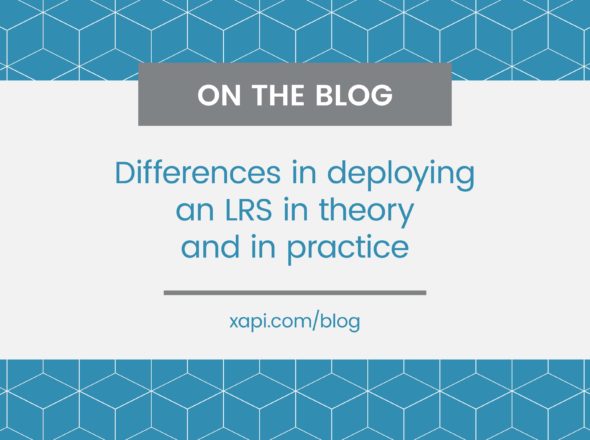At a recent event, we were surprised to find out how few people had heard of Attachments as a part of xAPI. So in that spirit, we wanted to pass along some helpful information when it comes to using Attachments in xAPI.
An xAPI statement must have these 3 things: actor, verb and object. But xAPI statements can be much more expressive and include Attachments, such as media files or documents. The spec outlines how to go about using attachments in a statement here.
The case for using Attachments
Attachments can be used to collect all sorts of data. The most common use cases could be certificates, signed contracts, videos or images. A key benefit of using attachments in xAPI statements is that it can connect these files to the metadata captured from the experience surrounding the file and can also be referenced across multiple statements. As an example, “Joe completed Elevator Pitch” could include a video file of his pitch as an Attachment. As Joe continues his sales training journey, his elevator pitch video might also find its way into a statement such as “Joe completed sales onboarding”, which might reference a collection of statements with Attachments associated with them.
Getting started with attachments
If you’re using an authoring tool to create xAPI activities, you’re in luck! This writeup walks you through how to use attachments in an authoring tool (we used Lectora for this walkthrough but you can accomplish the same task in every major authoring tool) by adding some custom javascript
If you want to go further with Attachments, check out this Deep Dive. Even though we wrote it a long time ago, the principles still hold true.
As always, if you have questions about xAPI, let us know. We’re here to help.


